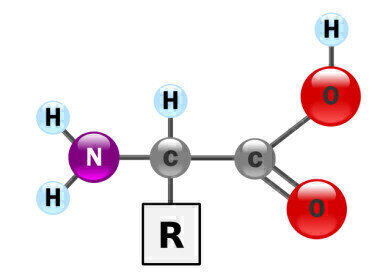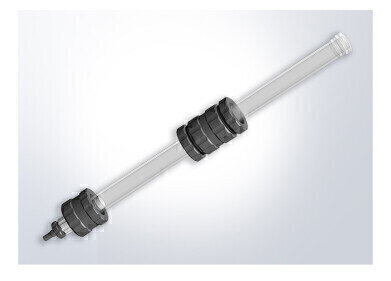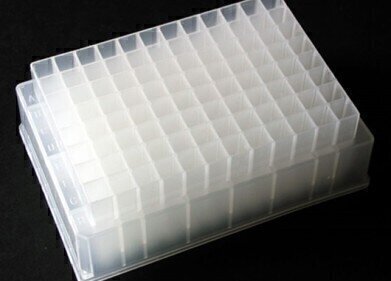Preparative
A New Chromatography Platform to Search for Life
Sep 02 2015
The search for alien life, or even for a suggestion of alien life, occupies researchers all over the world. The ancient Greeks wondered if man was alone in the cosmos, but they had no way of checking. One of the first chances humans had of finding evidence for extra-terrestrial life was when NASA’s Viking landers explored the Martian surface in the 1970s.
Since then technological advances have allowed us to detect planets in habitable zones and send GC-MS instruments to Mars. But so far no life has been found. Now NASA has asked a scientist to help design an instrument to detect amino-acids — the building blocks of life —in space.
Building blocks of life
Many of the organisms on Earth use processes that involve proteins — proteins detect light in your eyes, build muscle and hair, and control the chemical reactions in our cells — that are critical for life. The building blocks of proteins are amino acids, which are joined together in chains.
There are twenty amino acids that we use to build the proteins we use — ten can be made in the body and ten are called essential as we have to consume them in our diet. The order of the amino acids in the protein determines the shape and function of the protein.
We consider amino acids essential for life and so evidence of amino acids in outer space might be an indication of life — so NASA has assigned a University of Texas chromatography specialist funds to develop a method to analyse samples in space for amino acids.
Open Tubular Ion-Chromatograph
Purnendu Dasgupta helped to develop a chromatography system that is very small and light — open-tubular ion chromatograph — ideal for carrying into space. The system was designed to determine specific ions — but NASA wants him to develop the system to aid the search for amino acids in space. The system uses small tubes less than 25 µm in diameter (a human hair is 100 µm in diameter) and very small eluent volumes.
In a press release, Dasgupta stated that:
“We have to be much more specific with amino acids than when looking for inorganic ions. But you want the scale to be as small as possible, requiring as little power as possible, and consuming as little material as possible. All of those things have to be carried out to space, and every little bit of weight, volume and power, is expensive.”
It is an ambitious goal, and even finding amino acids isn’t a signal that there is life. Amino acids are chiral — they have left and right pairs — and life-forms only use one of the chiral forms, humans included. For more information on separating chiral molecules see the article, Automated Development of Reversed-Phase HPLC Methods For Separation of Chiral Compounds at Chromatography Today
Image: By YassineMrabet via Wikimedia Commons
Events
Mar 18 2025 Beijing, China
Mar 25 2025 Paris, France
Mar 31 2025 Beijing, China
Apr 02 2025 Saigon, Vietnam
Apr 22 2025 Kintex, South Korea














